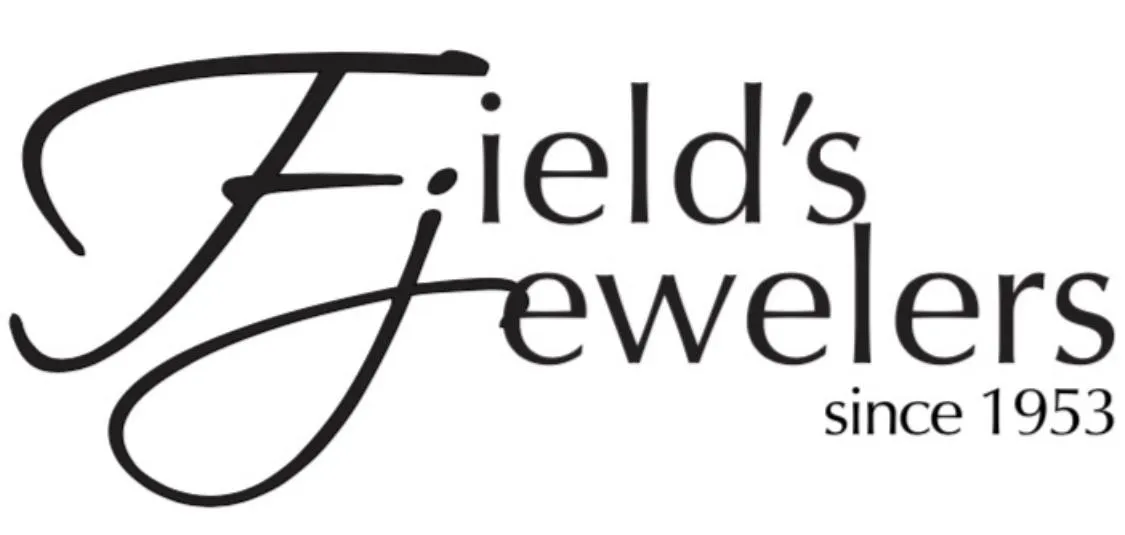Call or Text Us: (530) 221-0230
Diamond Education
Diamond Anatomy & Cut Quality
Diamond Anatomy & Cut Quality
When you’re shopping for a diamond, its
brightness and sparkle
will draw you to the jewelry counter, and keep you captivated long after you’ve made your diamond purchase. Achieving maximum brightness and sparkle requires excellent
cutting technique, which is reflected in the diamond’s cut grade. Of the 4Cs, no other ‘C’ has more impact on a diamond’s appearance.

When people think of “cut,” they often think of the
shape of a diamond
rather than its cut quality. Cut is all about a diamond’s fire, sparkle, and brightness, and as a value factor, it refers to a diamond’s proportions, symmetry and polish; those factors that determine the cut quality or
the fourth ‘C.’

Understanding the 4 C’s of Diamond Shopping
Clarity
Diamond Clarity Refers to the Absence of Inclusions and Blemishes

GIA Diamond Clarity Descriptions
1-Flawless (FL) No inclusions and no blemishes visible under 10x magnification
2-Internally Flawless (IF) No inclusions visible under 10x magnification
3-Very, Very Slightly Included (VVS1 and VVS2) Inclusions so slight they are difficult for a skilled grader to see under 10x magnification
4-Very Slightly Included (VS1 and VS2) Inclusions are observed with effort under 10x magnification, but can be characterized as minor
5-Slightly Included (SI1 and SI2) Inclusions are noticeable under 10x magnification
6-Included (I1, I2, and I3) Inclusions are obvious under 10x magnification which may affect transparency and brilliance
Cut
A Diamond’s Cut Unleashes Its Light
Diamonds are renowned for their ability to transmit light and sparkle so intensely. We often think of a diamond’s cut as shape (round, heart, oval, marquise, pear), but a diamond’s cut grade is really about how well a diamond’s facets interact with light.
Precise artistry and workmanship are required to fashion a stone so its proportions, symmetry and polish deliver the magnificent return of light only possible in a diamond.

Diamond Clarity Descriptions
Brightness: Internal and external white light reflected from a diamond ire: The scattering of white light into all the colors of the rainbow Scintillation: The amount of sparkle a diamond produces, and the pattern of light and dark areas caused by reflections within the diamond
Color
Diamond Color Actually Means Lack of Color
Understanding what diamond color means helps in choosing the right diamond. Interestingly, the diamond color evaluation of most gem-quality diamonds is based on the absence of color. A chemically pure and structurally perfect diamond has no hue, like a drop of pure water, and consequently, a higher value. GIA’s D-to-Z diamond color-grading system measures the degree of colorlessness by comparing a stone under controlled lighting and precise viewing conditions to masters tones of established color value.

Diamond Clarity Descriptions
Brightness: Internal and external white light reflected from a diamond ire: The scattering of white light into all the colors of the rainbow Scintillation: The amount of sparkle a diamond produces, and the pattern of light and dark areas caused by reflections within the diamond
Carat (Weight)
Diamond Carat Weight Measures a Diamond’s Apparent Size
Diamond carat weight is the measurement of how much a diamond weighs. A metric “carat” is defined as 200 milligrams.
Each carat can be subdivided into 100 ‘points.’ This allows very precise measurements to the hundredth decimal place. A jeweler may describe the weight of a diamond below one carat by its ‘points’ alone. For instance, the jeweler may refer to a diamond that weighs 0.25 carats as a ‘twenty-five pointer.’ Diamond weights greater than one carat are expressed in carats and decimals. A 1.08 carat stone would be described as ‘one point oh eight carats.’

Diamond Sizing Descriptions
Diamond sizes are typically measured in carats, with one carat equivalent to 200 milligrams. However, the size of a diamond is not solely dependent on its weight; it also depends on its cut, shape, and dimensions. For example, a well-cut diamond can appear larger than a poorly cut diamond of the same carat weight. The most popular shapes, such as round, princess, oval, and emerald, each have unique size perceptions. A one-carat round diamond, for instance, usually measures about 6.5mm in diameter. Larger diamonds are rarer and therefore more valuable, resulting in exponential price increases with size. The visual difference between diamond sizes can be subtle, yet have a significant impact on the diamond's overall appearance and value.
HAVE SOMETHING SPECIAL IN MIND?
Schedule A Virtual Appointment
Creating a unique one of a kind piece of jewelry just for yourself or someone you care about is one of most meaningful things you can do. We’re here to help.



